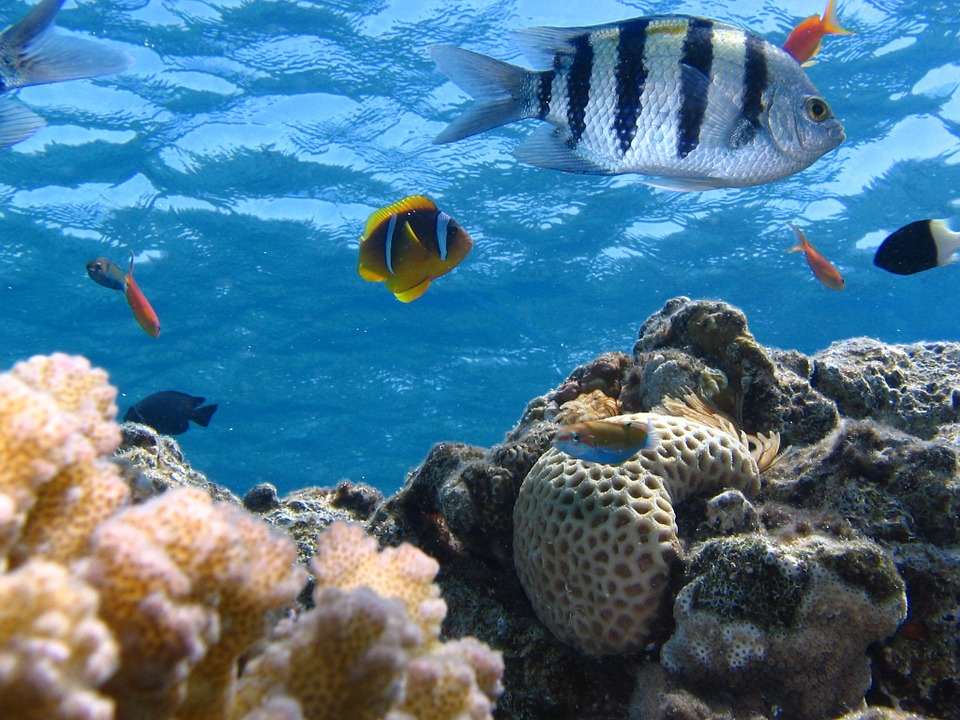What does the marine environment consist of?

The marine environment relates to all physical and biological interaction that occurs between the sea and the land at the highest watermark. It includes the oceans, seas, bays, estuaries, lagoons, deep sea, oceanic trenches and ridges. In simple terms, the marine environment starts right where sea water touches the land and expands in the seaward direction.
Minerals in the sea
Planet Earth is made up of 70% water; 97% of this water is found in the oceans of the world. The water in the seas and oceans is different from water on land in terms of mineral concentration. When it rains on land, the rainwater drags minerals found along its course into the sea. The amount of minerals increases into the sea and causes it to become salty. The main minerals that are found in seawater are sodium chloride, magnesium, calcium, sulphate. Different regions of the sea, however, have different quantities of minerals. For instance, water bodies close to the shore or estuaries will have higher concentrations of minerals compared to the lagoons. In the same way, sites where glaciers are melting, have less minerals than the open sea.
Life in oceanic waters
Oceanic waters are one of the richest ecosystems in the world and are homes to some 230,000 species. Ranging from microscopic planktons to giant sperm whales, creatures of all sorts and types can be seen in the marine entourage. This is because everything that is needed to support life can be found in the oceans. Oxygen dissolved in seawater is used by organisms for breathing while others swim to the surface to get their doses of oxygen. Phytoplanktons, seaweed, seagrasses trap sunlight and form the base of the marine food web upon which all other creatures depend. Different types of organisms have evolved different means of survival over time which permit them to stay alive in this constantly changing environment.
Importance of the marine environment
The marine environment plays key roles to sustain life on Earth. Water cycle from the sea surfaces helps to regenerate freshwater sources on land. All water systems in the marine domain are ultimately interconnected. This helps in climate regulation through the movement of ice cold water to warmer regions and vice versa. It is this global climate pattern that eventually affects weather in different parts of the world. Also, trees such as mangroves found in coastal regions help in preventing soil erosion while wetlands trap pollutants and other hazardous materials from the land. All those vast oceans out there trap solar energy as well as carbon dioxide. Of course, the marine environment provides countless benefits to humans such as food, jobs, money, research curiosity, protection, minerals and so much more.
Threats that our oceans are facing
However, like all ecosystems in the world, the marine environment is also facing some dangerous threats. Pollution in the form of littering, dredging, discharge of harmful chemicals, release of toxic gases into the atmosphere, all adversely affects the marine zone. One of the most dangerous hazards nonetheless is oil spill. Not only is it difficult to clean up but it also affects marine organisms directly by sticking to their skins and staying in their bodies for generations if they swallow it.

Pingback: Maritime laws of Mauritius - Yo Nature
Pingback: The concept of Ecological Footprint explained - Yo Nature
Pingback: The purpose of ecotourism - Yo Nature
Pingback: The negative impacts of humans on the environment - Yo Nature